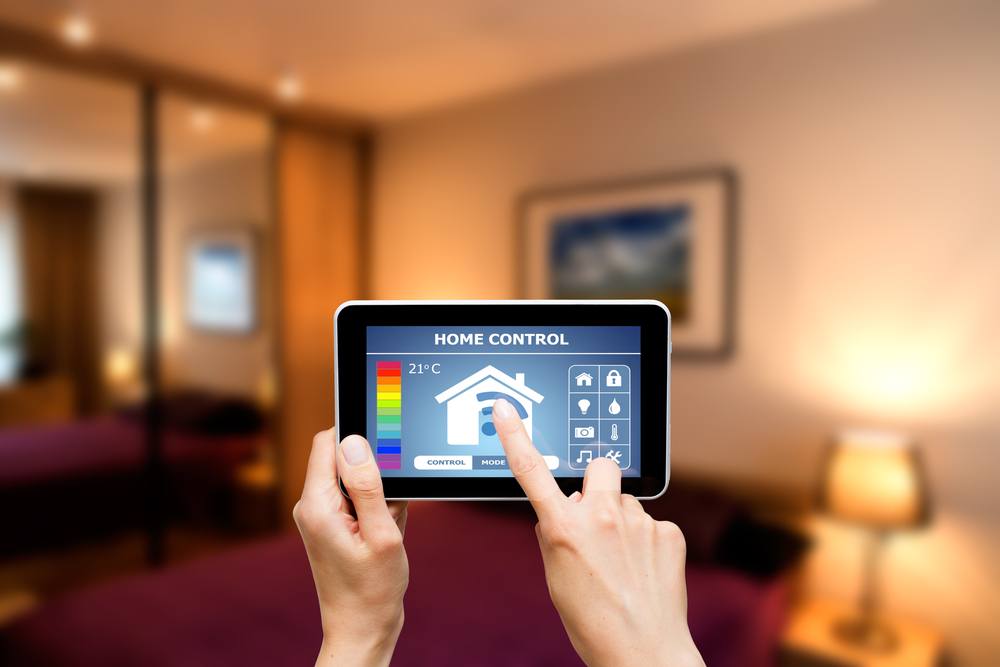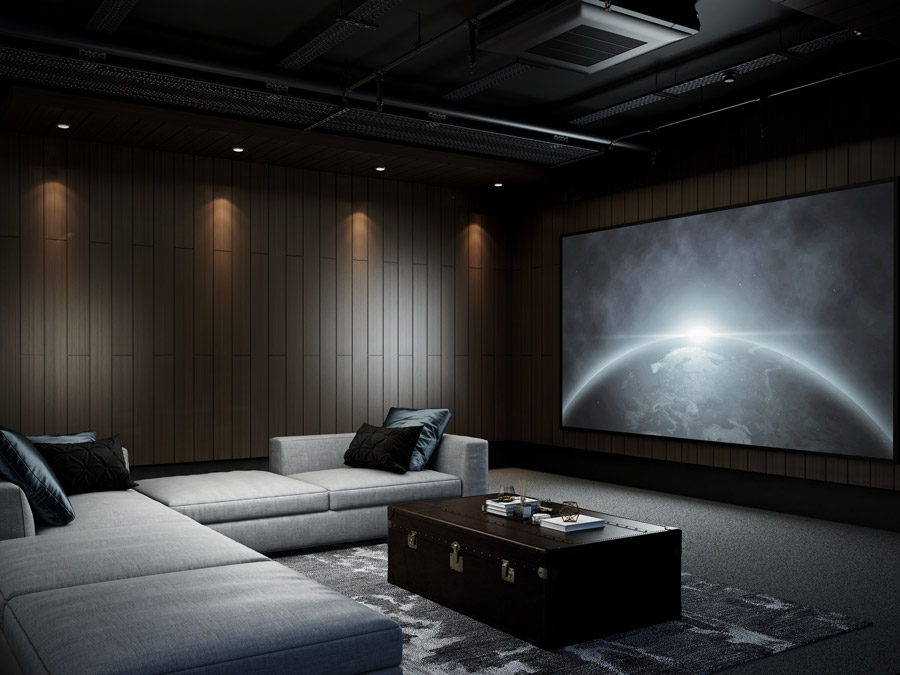


5 Brightest Lighting Technology Trends to Watch
Light is a huge part of our lives. From natural sources to artificial ones, it has become omnipresent and plays a significant role in how we conduct our daily affairs.
As we move forward to an even more advanced era in terms of technology and innovation, the lighting industry, especially in terms of light-emitting diodes (LED), continues to explore the many possibilities of using these innovative lighting systems.
Lighting Today
The shift from traditional lighting sources such as incandescent or fluorescent lamps to LED panel lights has brought about welcome changes when it comes to cost savings and energy efficiency. LEDs also have a longer lifespan, versatile directionality, and durability that translate to lower maintenance costs.
Aside from the tangible benefits of LEDs, research studies from Lighting Europe, for example, have found that LED lights can also be used to help improve mental and physical wellbeing.
With the various substantial contributions of lighting systems and LEDs in society nowadays, both emerging and developed markets have started to see the light, so to speak, and have taken steps to adopt new lighting technology.
Technological lighting breakthroughs being used today:
1. Li-Fi lighting
Li-Fi, the short and more popular term for “light fidelity,” is one of the most anticipated lighting innovations today. This wireless optical technology allows devices to network and transmit data through the use of LEDs.
Advantages
The advantage of Li-Fi over the more commonly used Wi-Fi technology is that it transmits data faster and more securely as it uses light instead of radio frequency. It has 10,000 times the frequency spectrum of radio and is unhindered by radio interference.
Another advantage that Li-Fi has over Wi-Fi is that it does not interfere with sensitive equipment, such as electronics or machines used in hospitals or aircrafts. Places where Wi-Fi signals are weak or non-existent may also be reached by Li-Fi such as underground or underwater locations.
Li-Fi is also ideal for use in high-security areas such as government buildings, financial institutions, or military zones because its access to the network requires clear line of sight. And because Li-Fi light cannot pass through solid walls, it adds an extra layer of security that prevents hacking, “piggybacking” or “squatting” (unauthorized access to a wireless network).
2. LED lighting and IoT
The Internet of Things (IoT) is spreading like wildfire and its tendrils have also reached the lighting industry.
With the build-up on interconnectivity in everyday society, IoT-ready lighting systems have found their way to consumer applications especially in home and business settings.
In home automation, for example, smart devices are connected to each other and controlled in one hub. This includes devices such as heating and air conditioning, security and lighting systems.
LED lighting fixtures that are IoT-ready can easily be connected to other networked devices and controlled for ease of use. It can also allow users to save on energy (e.g. programming lighting fixtures can turn off by themselves when not in use) as well as costs.
In addition, luminaires connected to the IoT can benefit people in several ways such as in retail where a smartphone’s forward facing camera, combined with visual light communication (VLC), can find products within 30 centimeters.
In healthcare, lights in nursing homes equipped with sensors can tell the health staff if a patient has fallen or hasn’t moved over a period of time. Similarly, wheelchairs tagged with sensor-enabled lights can also be monitored.
3. Smart LED lights in shopping
LED technology is not all about the science or “serious” stuff. It can also be used in fun, everyday practical things such as shopping.
Retailers are riding the tech wave by using smart mirrors that use Pi-LED technology. Mainly used in dressing rooms, consumers can have a more realistic view of themselves without the harsh lights and shadows produced when using traditional light sources.
With these smart LED-lit mirrors, shoppers can have a simulated experience of when they are going to use the garment they are fitting. It has a control panel that allows the shopper to use varying color temperatures to mimic real life. The light changes to a soft, warm light for evening wear while it can adjust throughout the complete white spectrum as it assesses what kinds of clothes you are trying on.
It recognizes colors with precision and diffuses soft light which, in turn, gives you a more flattering and natural look. With motion light sensors, it can also switch off the light when it is not in use.
4. Human-centric lighting
Using light is as natural to people as it is to breathe. We all need the right kind of lighting at the right place and time so we get to do the things we do.
Studies on the correlation of light and levels of wellbeing have been conducted and found to affect sight, safety, and orientation as well as our moods. Light also has an effect on people’s sleep and wake cycles, alertness, and cognitive performance.
Termed human-centric lighting, it is meant to support people’s general health and performance by utilizing the visual, biological, and emotional benefits of light.
LED light closely resembles the spectral waves of natural daylight and, because of this, it is used in the cognitive, physical, and psychological management of certain conditions especially in more mature adults.
For example, LEDs color temperature, color rendering, and efficiency lead to better visual acuity that create a better environment for effective response to treatments. Additionally, flickering lights which have been linked to headaches and other health problems are not a problem in LEDs, therefore, helping improve health and productivity.
5. Non-visible LED applications
The intense competition in the LED market has led to the diversification of lighting products. Non-visible lighting products such as UV and IR LED are expected to continue to soar fuelled by several factors such as the oversaturation of visible LED fixtures, various special applications, and bigger profit margins.
Operating in the non-visible light spectrum, these UV and IR LED systems are useful in the aesthetic, commercial, industrial and health sectors.
UV light is utilized in the curing and drying of materials, air and water sterilization, disinfection of surfaces as well as the destruction of bacteria and virus, and other forms of hygiene control. IR LEDs, on the other hand, are used in mobile applications, remote controls, and as sensors in security systems.
A Brighter Tomorrow
Innovations in lighting technology are all products of a light bulb moment. There is always a need that has to be addressed, and LED lights are one great solution to various concerns that surround our everyday life.
From the simplest purpose of providing light to being a key contributor in technologies of a new generation, LEDs have come into the fullness of their existence.
With its many promising qualities offering ease and convenience, LED lighting bridges the gap between modern technology and real-world applications. With the multi-faceted benefits of LEDs, the future looks bright indeed.
Read through our blog posts to learn more about LED lighting.

